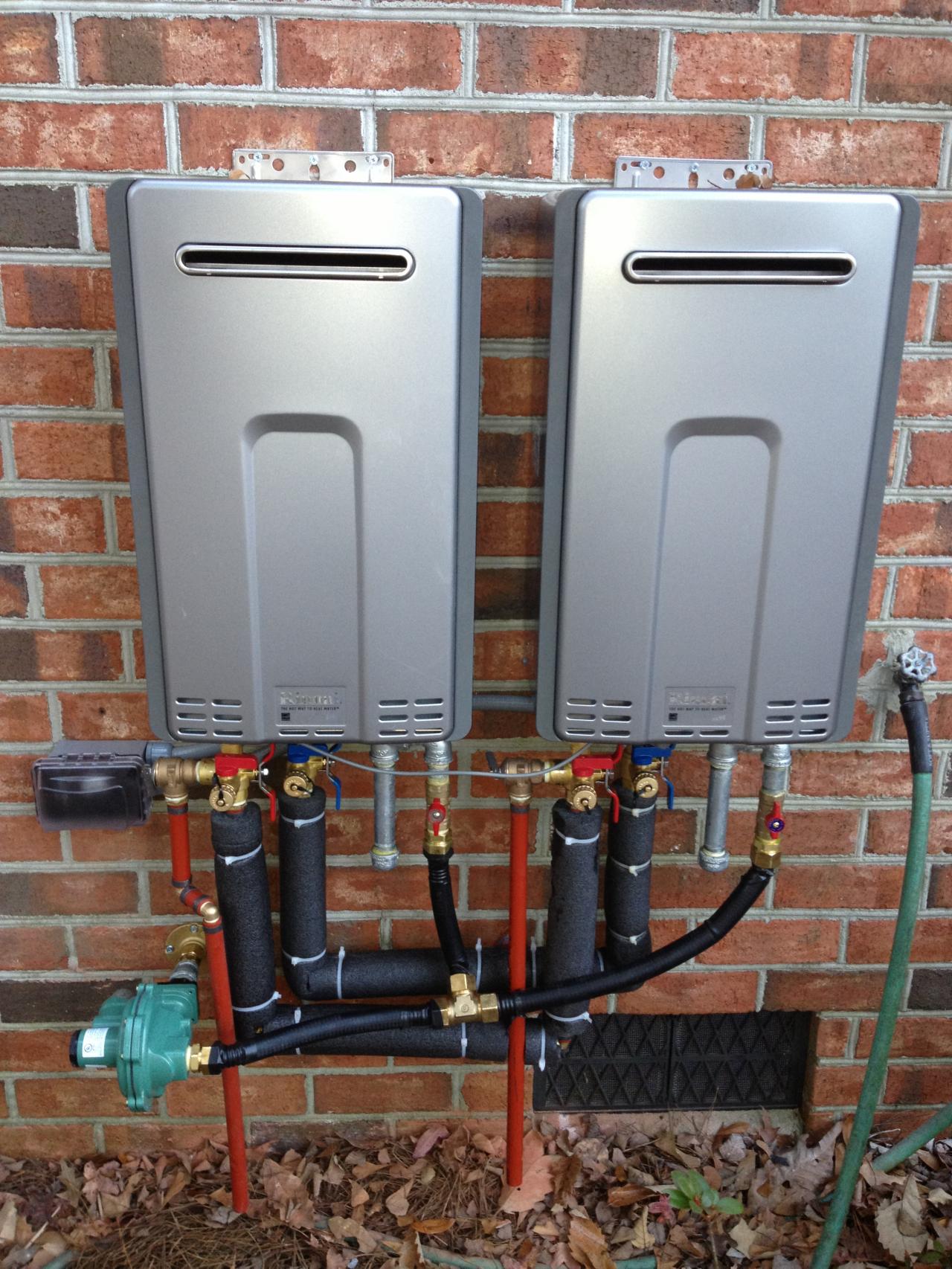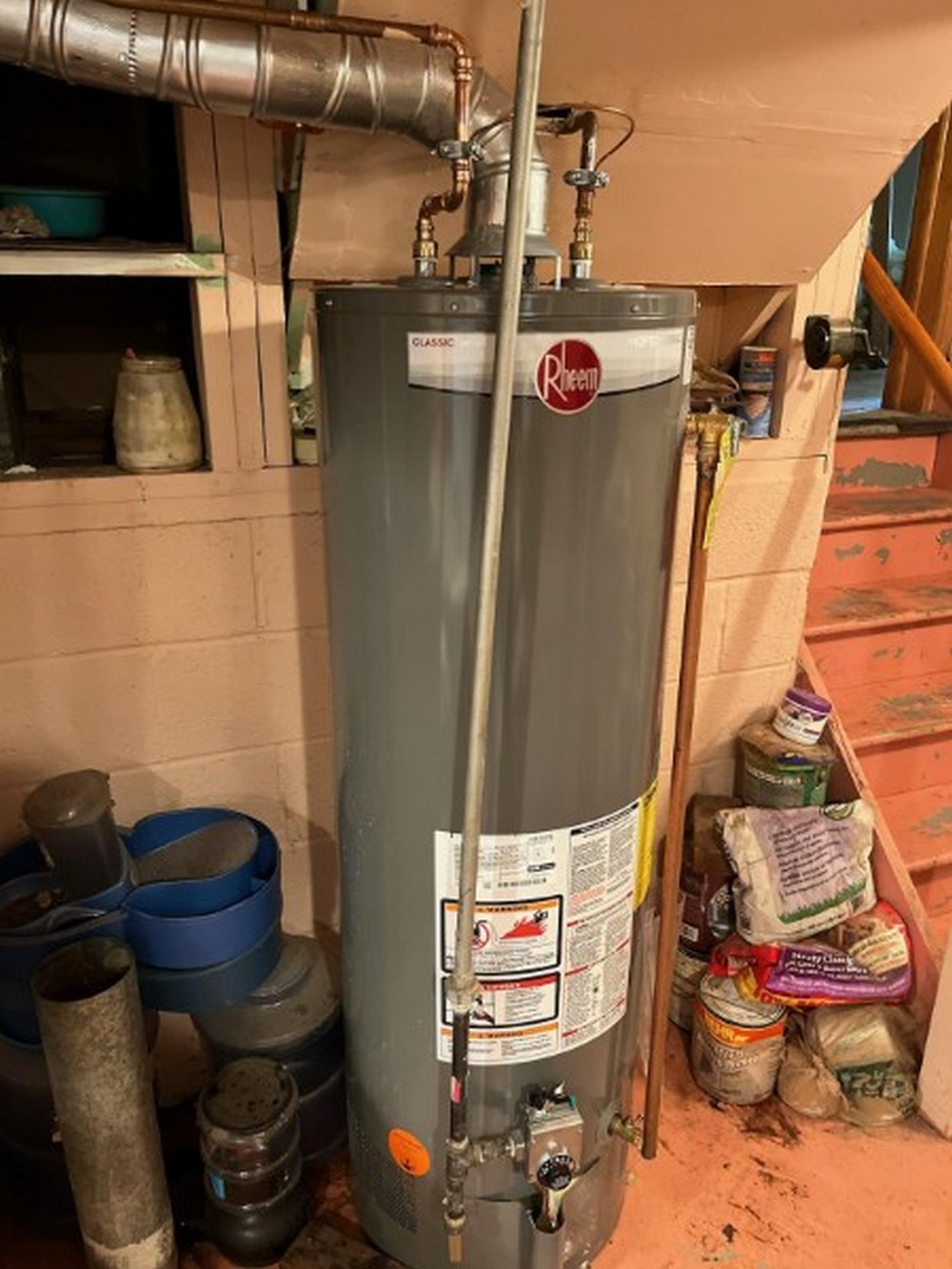Full Guide to Water Heating SystemInstallment and Replacement
Understanding the complexities of water heating unit setup and replacement is crucial for home owners seeking to make certain performance and reliability in their warm water supply. From selecting the proper type and size to carrying out a smooth setup process, numerous factors have to be considered to stay clear of common mistakes.
Types of Water Heating Systems
When thinking about hot water heater setup and substitute, it is vital to comprehend the numerous kinds of water heaters available out there. One of the most usual types consist of storage tank hot water heater, tankless water heating systems, heatpump hot water heater, and solar water heaters.
Storage tank water heating systems are typical systems that save a particular volume of warm water, making them easily available when required. In comparison, tankless water heating units supply hot water on demand, eliminating the demand for storage space.
Heatpump water heaters utilize electrical energy to transfer warm from the air or ground to warm water, using considerable energy savings however calling for more space and details installation conditions. Solar water heating systems harness solar energy to warm water, offering an environmentally friendly choice with potential long-term cost savings, although they usually call for a back-up system for over cast days.
Comprehending these alternatives makes certain informed decisions relating to installation and replacement, dealing with details requirements and choices.
Choosing the Right Dimension
Choosing the proper size for a water heater is crucial to make certain optimum performance and efficiency. A device that is also tiny will struggle to meet household needs, causing irregular warm water schedule and boosted energy usage. Alternatively, an oversized water heating system can result in unnecessary energy waste and greater energy costs.
To establish the right size, take into consideration the family's optimal warm water use. This can be calculated based upon the number of owners and their typical warm water needs. For example, a family members of four might need a water heater with a capacity of 50 to 80 gallons, relying on the use patterns, such as simultaneous showers and washing.
In addition, evaluate the recuperation rate, which gauges just how promptly a heater can restore warm water after it has actually been made use of. For tankless designs, concentrate on the circulation rate, determined in gallons per minute (GPM), to ensure it satisfies the house's synchronised need.

Setup Process Introduction

Next, the old device should be separated and eliminated, making sure to comply with neighborhood codes and policies pertaining to disposal. Once the old device is out, the brand-new water heating unit can be placed in location. This action entails connecting the supply of water lines, guaranteeing that all fittings are leak-free and secure.
After establishing water links, it's necessary to link the power supply, whether electric or gas, following the supplier's instructions diligently. Once all links are made, the system must be loaded with water, and the power can be turned back on. Finally, it's important to look for leaks and make certain the hot water heater is operating correctly prior to finishing the installment process.
Usual Installment Errors

Another frequent error is disregarding to comply with local codes and guidelines. Failing to abide by these standards can not just cause security threats but might additionally result in costly fines or the demand for costly reinstallation. Furthermore, inappropriate airing vent is a crucial problem. Inadequate air flow can create harmful gas build-up, positioning major health and wellness threats.
Inaccurate plumbing links are additionally a common error. Failing to safeguard connections or utilizing the wrong kind of fittings can bring about leaks and water damage. Furthermore, forgeting the importance of a proper drainpipe pan can cause substantial water damages if leakages do occur. Finally, insufficient insulation of pipes can bring about warm loss, lowering efficiency. By staying clear of these common installment errors, home owners can guarantee their hot water heater runs safely and successfully, making best use of efficiency and long life.
Maintenance Tips for Long Life
Correct maintenance of a water navigate to this site heating unit is essential for its durability and optimal performance. Regular assessments and maintenance can stop expensive repair work and extend the home appliance's life-span. Begin by checking the temperature level setting; it must normally be set in between 120 ° F and 140 ° F for ideal energy efficiency and safety and security.
Every 6 months, flush the tank to get rid of debris build-up, which can hinder home heating performance and trigger corrosion. To do this, turn off the heating system, link a hose to the drainpipe shutoff, and let the water look at more info run until it is clear.
When they are rusted,Anode rods must be inspected yearly and replaced. These poles aid prevent storage tank rust by drawing in corrosive elements in the water.
Additionally, check the stress safety valve consistently to guarantee it is functioning correctly. This valve is vital for stopping extreme pressure buildup within the tank.
Finally, think about scheduling an expert maintenance check every few years for extensive evaluations and servicing. By sticking to these maintenance tips, home owners can dramatically boost the performance, safety and security, and life expectancy of their hot water heater, making sure trustworthy warm water for years to find.
Final Thought
To conclude, proper setup and maintenance of hot water heater are crucial for guaranteeing efficiency and durability (water heater installation). Selecting the proper kind and size, sticking to setup guidelines, and preventing usual errors significantly add to ideal performance. Normal maintenance checks and professional maintenance aid receive functionality and avoid costly repairs. By understanding these vital aspects, property owners can accomplish a trusted warm water supply while decreasing potential concerns associated with water heating system operation.
Understanding the details of water heating unit setup and substitute is essential for property owners seeking to make sure performance and integrity in their warm water supply.Storage tank water heating systems are traditional systems that keep a certain volume of warm water, making them readily offered when required. In contrast, tankless water heating units offer hot water on demand, removing the requirement for storage space. Selecting a water heating system that is either as well little or also big can lead to inadequacies, resulting in insufficient warm water supply or too much power consumption.
By understanding these important elements, house owners can achieve a dependable hot water supply while decreasing potential issues connected to water heating system operation. More hints gas leak repair.